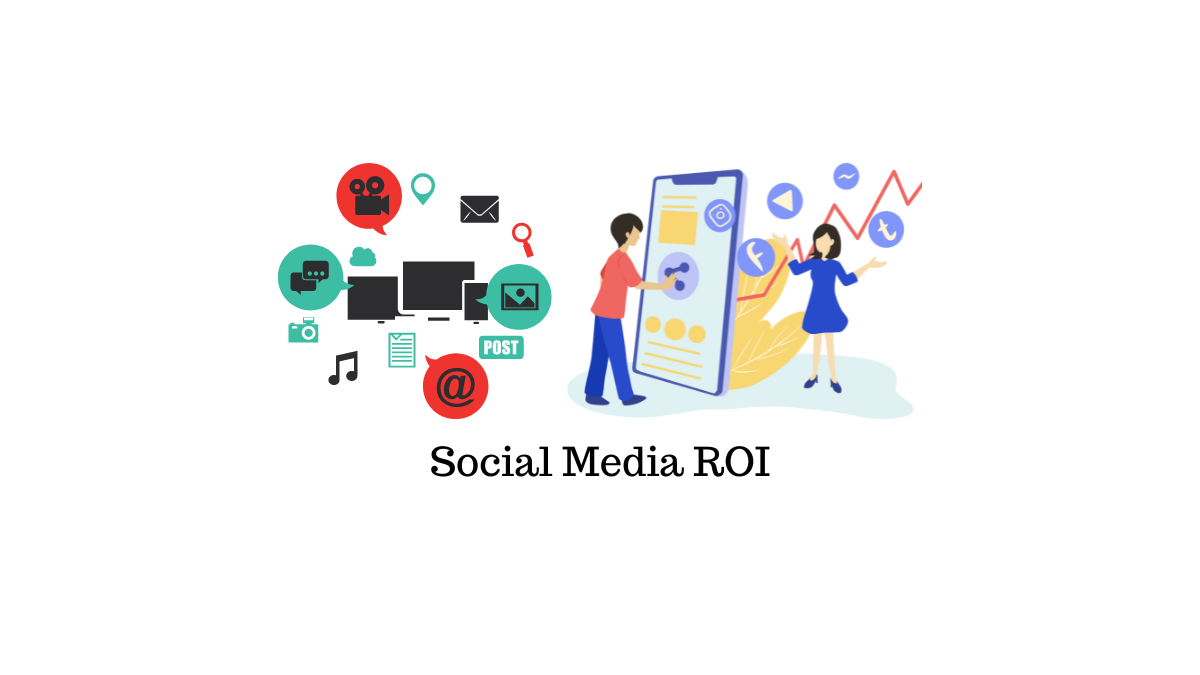Metrics that Matter: Measuring Social Media ROI
In the realm of digital marketing, understanding and measuring Social Media ROI (Return on Investment) is crucial for evaluating the effectiveness of your social media efforts and optimizing future strategies. While social media platforms offer vast opportunities for brand visibility, engagement, and lead generation, quantifying the tangible outcomes of your campaigns requires a strategic approach to metrics. Here’s a deep dive into the essential metrics that matter when measuring Social Media ROI, empowering you to make informed decisions and maximize your marketing investment.

1. Reach and Impressions
Reach and impressions are fundamental metrics for assessing the potential visibility of your social media content. Reach measures the total number of unique users who have seen your content, while impressions represent the total number of times your content has been displayed, including multiple views by the same user. Monitoring reach and impressions provides insights into the overall exposure of your brand and content across social media platforms.
2. Engagement Metrics
Engagement metrics, such as likes, comments, shares, and retweets, quantify how users interact with your social media posts. High engagement rates indicate that your content resonates with your audience, encourages interaction, and drives community engagement. Track engagement metrics to gauge the effectiveness of your content strategy and identify which types of posts generate the most meaningful interactions.
3. Click-Through Rate (CTR)
Click-through rate measures the percentage of users who click on a link or call-to-action (CTA) included in your social media posts, ads, or profile. CTR is a critical metric for evaluating the effectiveness of your CTAs and determining how well your content drives traffic to your website, landing pages, or other conversion points. A higher CTR indicates compelling content and effective CTAs that prompt user action.
4. Conversion Rate
Conversion rate measures the percentage of users who complete a desired action, such as making a purchase, signing up for a newsletter, or downloading a resource, after clicking on a social media campaign or post. Tracking conversion rates provides valuable insights into the direct impact of your social media efforts on driving tangible business outcomes. Analyze conversion rates to optimize your conversion funnel and maximize ROI from social media campaigns.
5. Customer Acquisition Cost (CAC)
Customer acquisition cost calculates the total cost incurred to acquire a new customer through social media marketing efforts. Divide the total costs (including ad spend, content creation, and management fees) by the number of new customers acquired during a specific period to determine CAC. Monitoring CAC helps assess the efficiency and cost-effectiveness of your social media campaigns in acquiring new customers compared to their lifetime value (LTV).
6. Return on Ad Spend (ROAS)
Return on ad spend measures the revenue generated for every dollar spent on social media advertising campaigns. Divide the total revenue generated from social media ads by the total ad spend to calculate ROAS. A ROAS greater than 1 indicates that your ad campaigns are generating more revenue than the cost invested, indicating profitability. Use ROAS to optimize ad budget allocation and maximize the efficiency of your advertising investments.
7. Social Media Sentiment
Social media sentiment analysis evaluates the overall sentiment (positive, negative, or neutral) expressed by users in response to your brand or campaigns on social media. Monitoring sentiment helps gauge brand perception, identify potential issues or crises, and measure the effectiveness of your content in shaping audience sentiment. Leverage sentiment analysis tools to track trends and sentiment changes over time and adjust your social media strategy accordingly.
8. Customer Lifetime Value (LTV)
Customer lifetime value estimates the total revenue generated from a customer throughout their relationship with your brand. Understanding LTV helps justify long-term investments in customer acquisition and retention strategies driven by social media marketing efforts. Calculate LTV based on average purchase value, purchase frequency, and customer retention rates to inform strategic decisions and prioritize high-value customer segments.
9. Social Media Channel Performance
Evaluate the performance of individual social media channels (e.g., Facebook, Instagram, Twitter, LinkedIn) based on specific metrics such as follower growth, engagement rates, and referral traffic. Identify which channels yield the highest ROI and align with your target audience demographics and behavior. Allocate resources strategically to channels that drive the most significant impact on your business goals and objectives.
10. Attribution Models
Utilize attribution models, such as first-touch, last-touch, or multi-touch attribution, to assign credit to different touchpoints in the customer journey influenced by social media interactions. Attribution models provide insights into how social media contributes to conversions and sales across various channels and devices. Implement advanced attribution techniques to accurately measure the impact of social media on your overall marketing performance and ROI.
Final Thoughts
Measuring Social Media ROI requires a holistic approach that encompasses a blend of quantitative metrics, qualitative insights, and strategic analysis. By tracking and interpreting these essential metrics, you can optimize your social media strategy, justify marketing investments, and drive measurable business outcomes. Continuously refine your approach based on data-driven insights to enhance engagement, conversion rates, and overall ROI from your social media efforts.
Master the art of measuring Social Media ROI. Empower your brand with actionable insights, drive meaningful interactions, and achieve sustainable growth through strategic social media marketing practices aligned with your business objectives and audience expectations.


